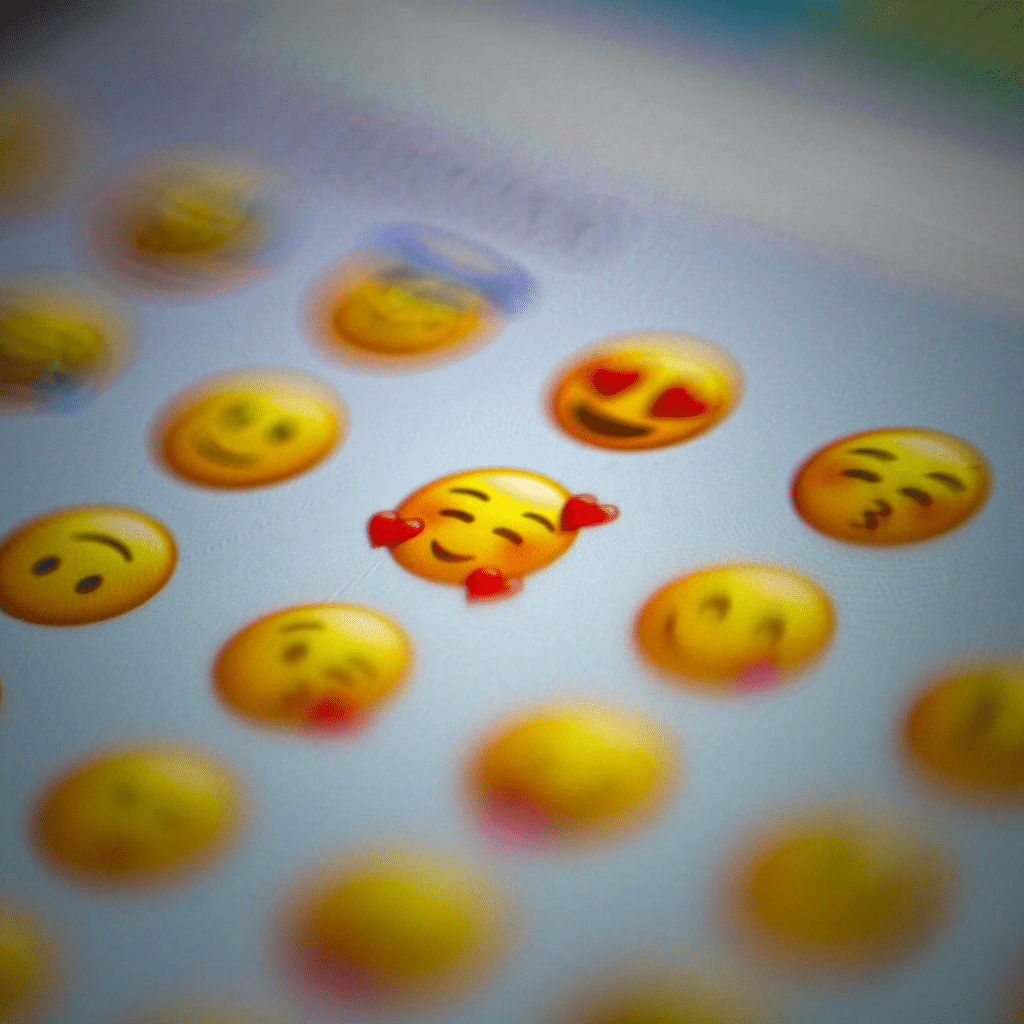Feelings and/or Emotions – what are they anyway?
 We all have feelings. We all have emotions. If you do an internet search around these two words, you will find a lot of confusing ideas about how feelings and emotions are two different phenomena, or how they are the same. You may even have your own ideas of how they are different, or the same, because we all use words in the way that fits with our own sense of what each word means.
We all have feelings. We all have emotions. If you do an internet search around these two words, you will find a lot of confusing ideas about how feelings and emotions are two different phenomena, or how they are the same. You may even have your own ideas of how they are different, or the same, because we all use words in the way that fits with our own sense of what each word means.
That’s actually a problem with communication in general; we use the same words, but may attribute different meanings to them. And rarely do we stop and check what another person actually means with a word, before we get into an argument, that may very well at some point be discovered to have been based on a misunderstanding.
Even in regards to physical objects, we come up against conflicting ideas of their name. Like, a three-legged wooden object with a seat and a low backrest; is that a stool or is it a chair? Depends on who you ask, of course, and each person typically holds fast to their own name for it.
Then, when we start applying words to abstract phenomena, like feelings/emotions, the problem becomes even worse. Because, how can we then even know that we are referring to the same “thing”?
In this article I may sometimes use the word emotion and sometimes the word feeling. When you read through it, you will most likely see that it doesn’t matter anyway. What matters is how these phenomena are caused, not what we call them, or what distinctions we make between them.
Sensory Data
Sensory data are the phenomena that our senses can detect. It is what our eyes see, what our ears hear, what our nose smells, what our tongue tastes, and what the outside and inside of our body senses. In other words, the actual impressions on our senses.
This is not the same as what we perceive, though, because sensory impressions are simply collected data about the world, whereas perceiving is actually an active process that also involves something more than just collecting data. It involves interpretation of the data.
Here’s an example. My eyes don’t see a candle. My eyes see an object that may be described as a white column with a flame above it. But that description doesn’t come from the eye. The eye has no language. It just collects visual information. So, to the eye the data that it collects has no meaning attached to it. It’s just data that is passed on to the brain and the mysterious phenomenon called the mind. And that’s where the interpretation of the data takes place.
Stories
Someone said, “the mind is a meaning making machine.” The mind is like – or has as part of its function – an internal “dictionary,” where all the impressions from the senses are given meaning. That’s where the sensory data is woven into an explanation for what the senses are reporting, a story. This dictionary is based on absolutely everything that we have experienced up until that very moment, and it is continuously being updated with every new experience, every new moment.
The accessing of the dictionary is instantaneous. It happens so fast, that we, most of the time, actually believe that our eyes have seen what the dictionary tells us it is we have seen. But we haven’t. The eyes have only collected the data, with no meaning attached, and then the mind adds the meaning, the story.
Going back to the stool/chair object; the eyes don’t see either a chair or a stool, but the meaning-making happens so fast that we miss that detail and actually believe we see (with our eyes) a stool. Or is it a chair? Again, it depends on that “dictionary,” which is different for different people, since it is based on each individual’s experiences up until that moment.
Okay, so what does this have to do with emotions and/or feelings?
Relax, I’m getting there.
Organismic preparedness
In every awake moment, your senses deliver information to your brain, about the situation you find yourself in, and your mind interprets the situation. The mind “reads” the situation that the senses deliver information about, by comparing the information with all other experiences you have had. That’s essentially what happens in the interpretation process, the “dictionary.”
Depending on how the situation is read, the organism that you are adjusts itself to be prepared for dealing with such a situation. Hundreds (or more) of variables in the body are set to what will be most useful for that kind of situation. Variables such as, heart rate, blood pressure, breathing rate, digestion, hormone release into the bloodstream, nervous system activation, muscle tension and so on and so on.
Of course, many of these variable settings are too subtle for us to be able to point to, but they are nevertheless experienced in the body. And we give names to these experiences. At least to the ones that are most obvious. Each particular combination of variable settings has its own name. We call them… fear, sadness, apprehension, excitement, happiness and many other words that we use to name our feelings/emotions.
Because, that is what feelings and/or emotions are. They are how you experience your body, on whatever level of subtlety, when it is set to deal with the situation that the mind has determined that you are in.
Our Stories Cause Our Feelings
So, feelings/emotions are how your body feels, to you, when the body is prepared to deal with (or already dealing with) a particular situation, the way you read that situation. And that is really important to understand. It is “the read” of the situation – the “story” – that determines how you feel. Nothing else.
If you read a situation as friendly and caring, the setting of all those little variables will be such that you experience what you may call feeling safe and peaceful. If you read another – or the same! – situation as hostile and threatening, the setting of those variables will be such that you experience what you may call feeling frightened and anxious.
Many times, therefore, when we have unpleasant feelings/emotions, we would be wise to recognise that these unpleasant feelings/emotions are actually determined by how we have read the situation. And that we may be reading it wrong.
Of course, it is also possible that we have read the situation correctly, and that we have all reason to be on edge. But when we are dealing with people who usually are friendly and loving toward us, we may want to stop and consider if our stories are correct, before we take action in a way that can end up doing damage to the relationship.
Just by remembering that your story may be wrong about what goes on for the other person and what they are expressing. Checking that you have actually heard/read them the way they meant, may save you a lot of unnecessary heart ache.
You can read more about this here: Relationship Communication
Distorted feelings/emotions
The experiences that we call our emotions and/or feelings may not always be a good reflection of the situation that we find ourselves in. If a person has physiological malfunctions, perhaps caused by injuries to the brain or other parts of the nervous system, the settings of all the little variables in the body may be different than they would be if such malfunctions were not present. And then, even though their “reading” of the situation is correct, the body generates feelings that don’t correspond to that reading.
It is also possible, that the interpretations by the inner “dictionary” may be distorted by (old) experiences that have been traumatic for us, so that they influence how we read the current situation in a direction that is not useful. In such cases, it is likely that counselling or psychotherapy can be of use, by helping you work through limiting experiences and hence rebalancing your “dictionary.” If you think this may be something that is going on for you, please contact me for a chat about how I may be able to assist you.

